Latest
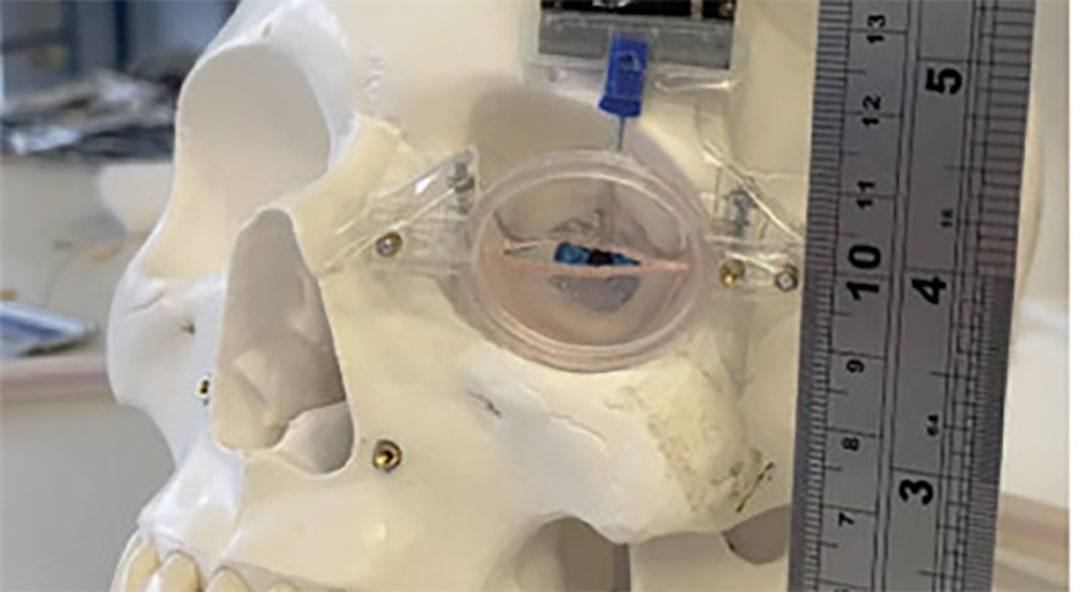
Artificial muscle could help facial paralysis sufferers blink again
A soft implant could avoid multiple surgeries and long waiting times while improving the living conditions of facial paralysis sufferers.

Switching fiber optic cables from round to rectangular shown to enhance data speeds
Rectangular fiber optic cables could increase data transfer rates, benefiting telecommunications and quantum computing advancements.
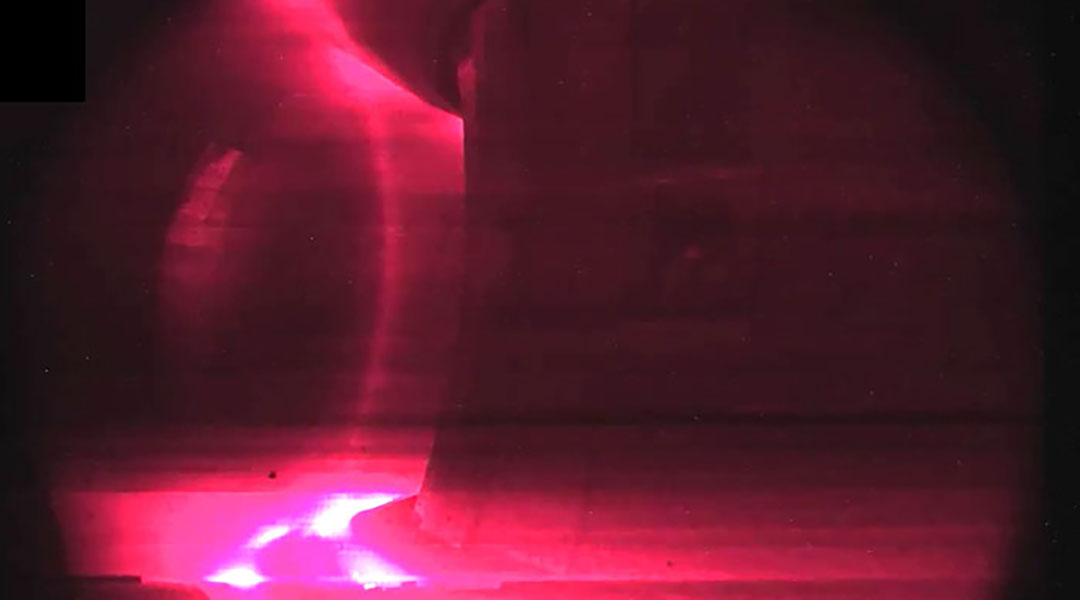
French WEST reactor breaks record in nuclear fusion
Scientists at the WEST tokamak in France set a new plasma duration record, bringing us closer to achieving nuclear fusion for clean energy.
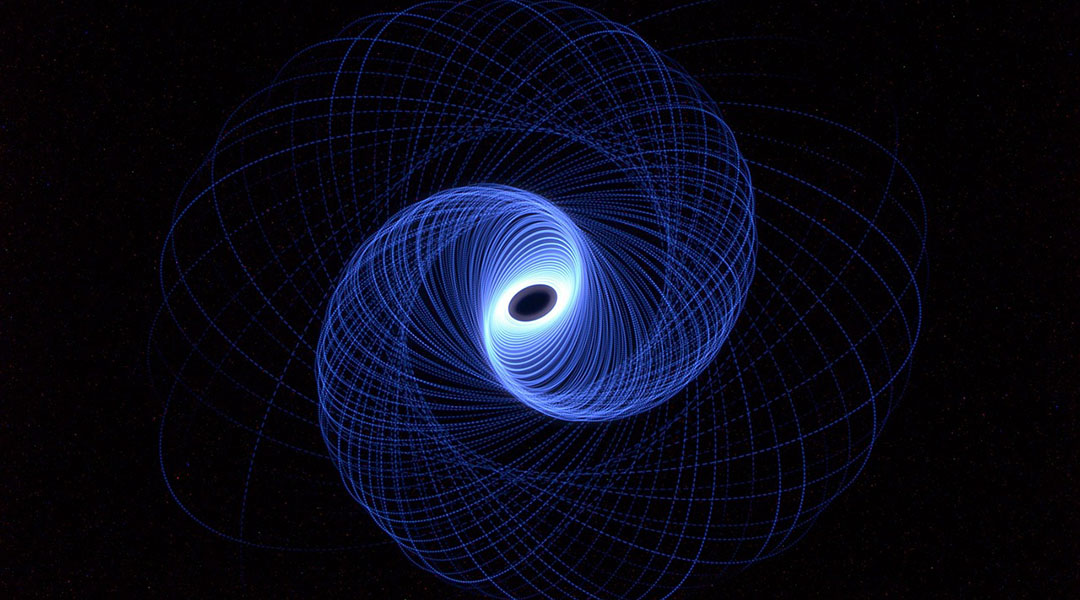
A new method to track skyrmions, tiny magnetic whirls formed by atomic magnetism
Harnessing skyrmions’ random motion and low energy requirements, this discovery could lead to more efficient and powerful computing technologies.

High yield, eco-friendly rice reduces methane emissions by 70%
A new rice variety that combines high yield with low methane emissions could help farmers tackle climate change.
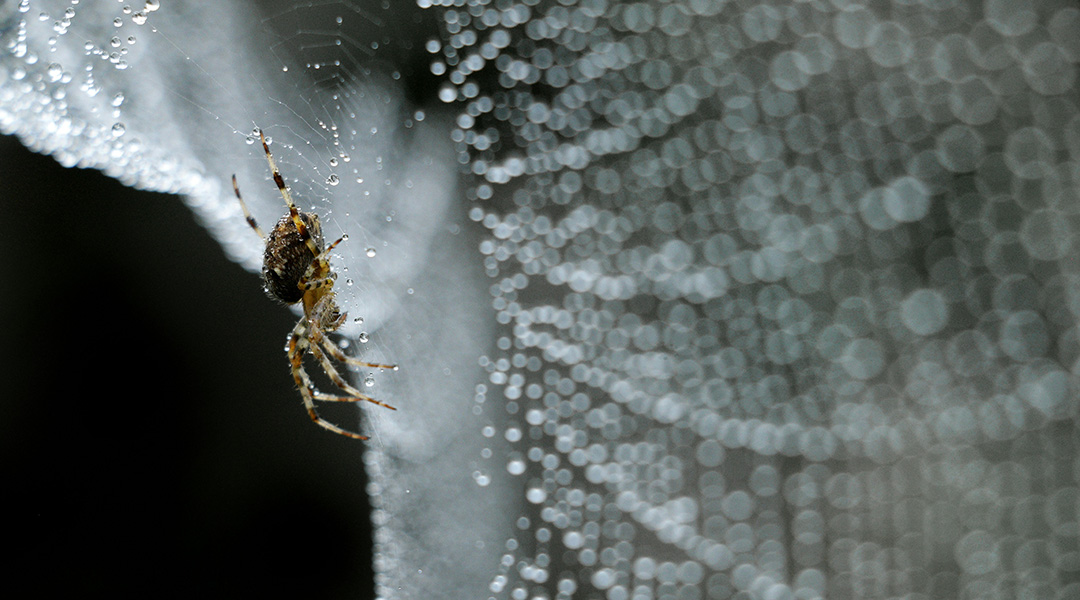
Making spider silk from tobacco plants
Plant cells outperform yeast or bacteria in producing spider silk proteins, enhancing production efficiency.

Superconducting qubit promises breakthrough in quantum computing
A radical superconducting qubit design promises to extend their runtime by addressing decoherence challenges in quantum computing.
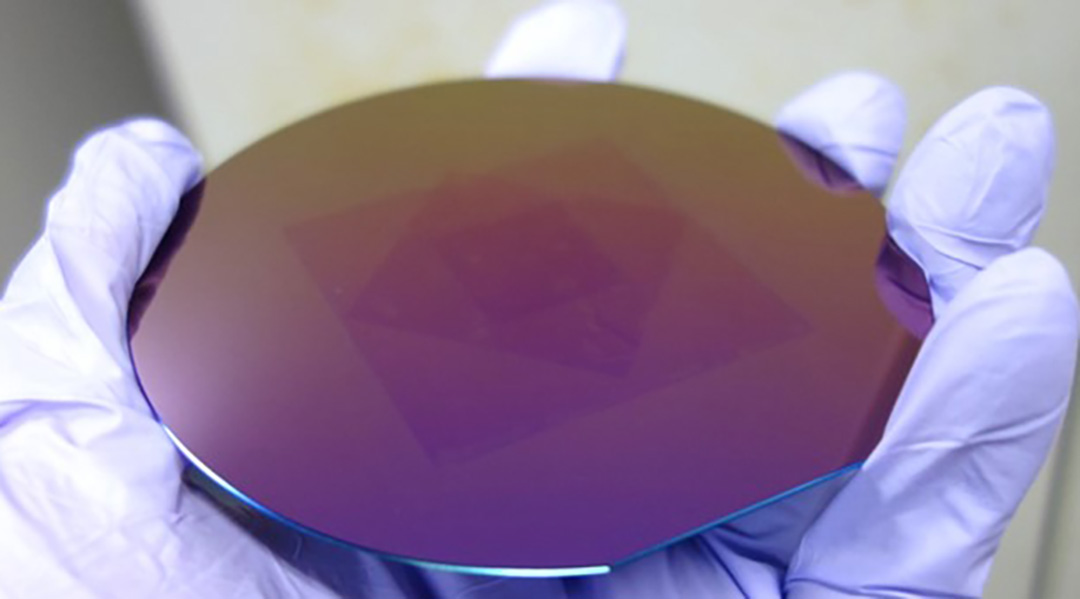
Molecular tape promises seamless transfer and scale up of 2D materials
Breakthrough molecular tape streamlines transfer of fragile 2D materials, opening doors for industrial-scale production.
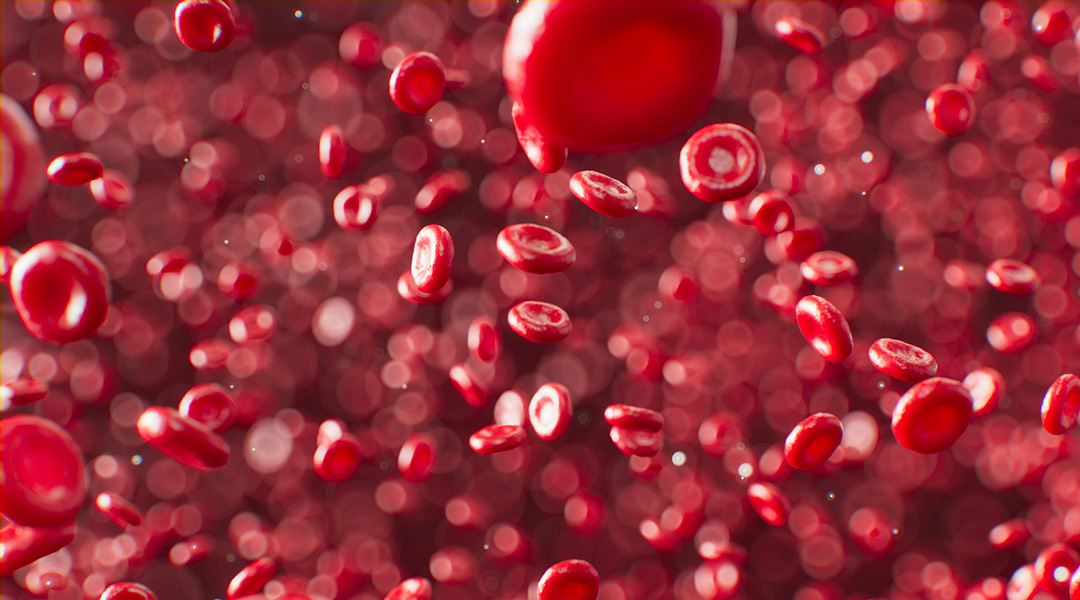
Ibuprofen’s effect on red blood cells: A prickly affair
An innovative imaging technique helps visualize in real-time how high doses of ibuprofen affect the integrity of red blood cells.

How taste shaped the use of ancient medicines
New findings reveal a link between our taste buds and what plants were used medicinally during ancient times.
ASN Newsletter
Sign up for our newsletter and receive the latest science news directly to your inbox.
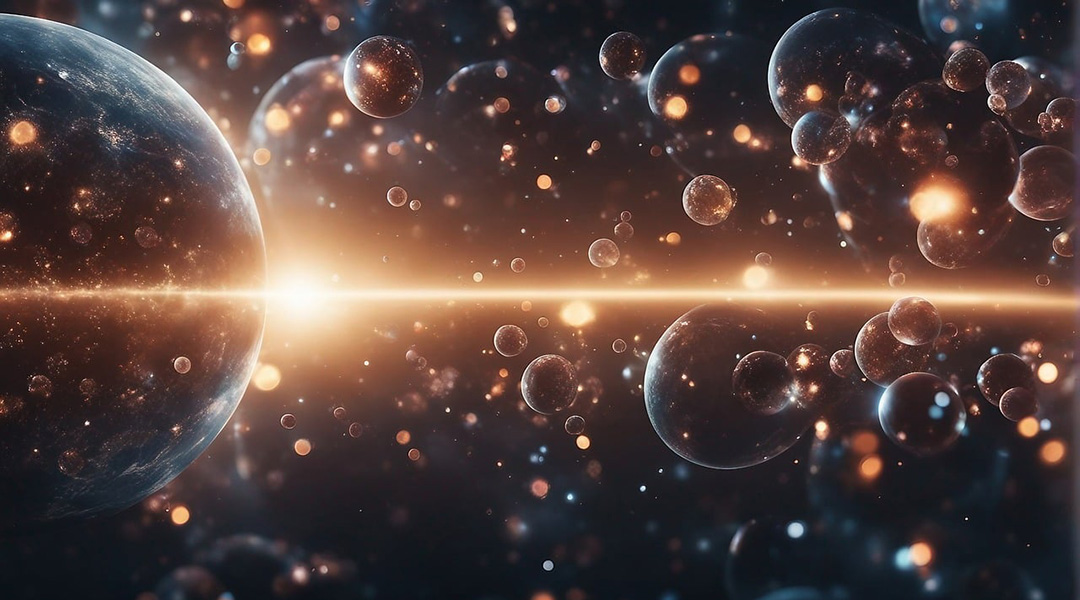
“Untangling” phase changes in superconductors
The link between entanglement, energy, and the phase transition from superconductor to insulator isn’t just a theoretical curiosity.

Nanomotors may help arthritis medications get to joints
Injected arthritic drugs often get stuck in the sticky synovial fluid found between the joints, but tiny nanomotors may help liberate them.

Contagious yawning in gelada monkeys triggered by yawn sounds
Gelada monkeys audibly and loudly yawn, triggering a contagious response within their groups, mirroring human behavior.

New anti-aging ingredient pulled from medicinal herb
An active compound extracted from Angelica Acutiloba effectively eliminates harmful senescent cells in the dermis, with anti-aging benefits.

Astronomers might have a shot at imaging primordial black holes
Gravitational waves could be the key to imaging elusive primordial black holes born in the first moments of our Universe.

Engineered blood cells could eliminate blood type matching to solve donor shortage
Taking inspiration from plankton, researchers create engineered blood cells that are an important step toward a universal blood supply.

New type of antiviral proves effective against all strains of dengue virus
This new class of antivirals could unlock treatment for viruses beyond just dengue that have been challenging to treat in the past.
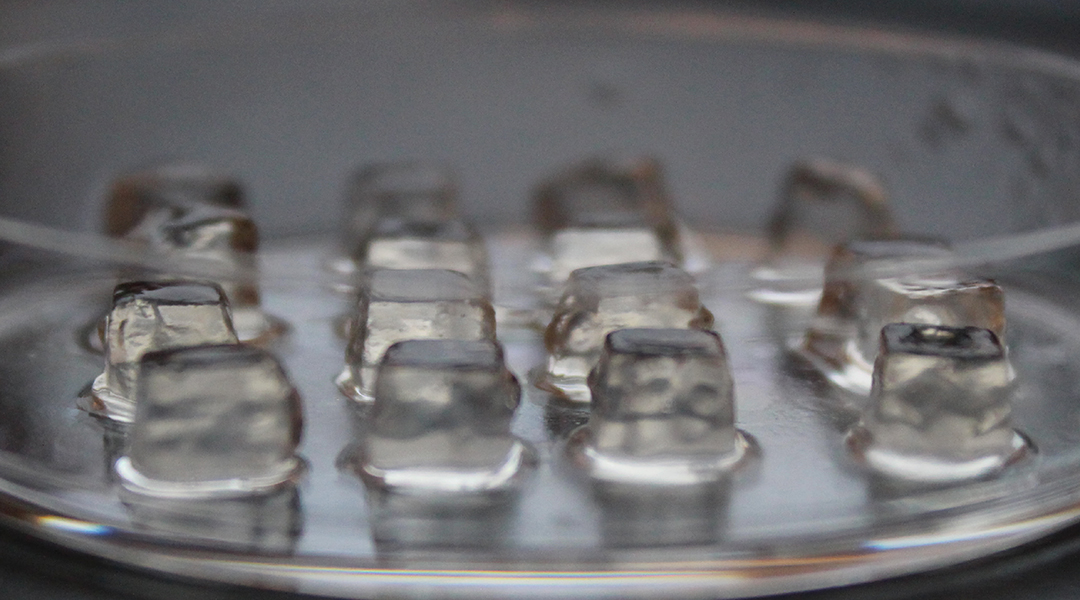
Better organoids mean better brain models
Mimicking one of the body’s most complex organs isn’t easy, but researchers are making progress.
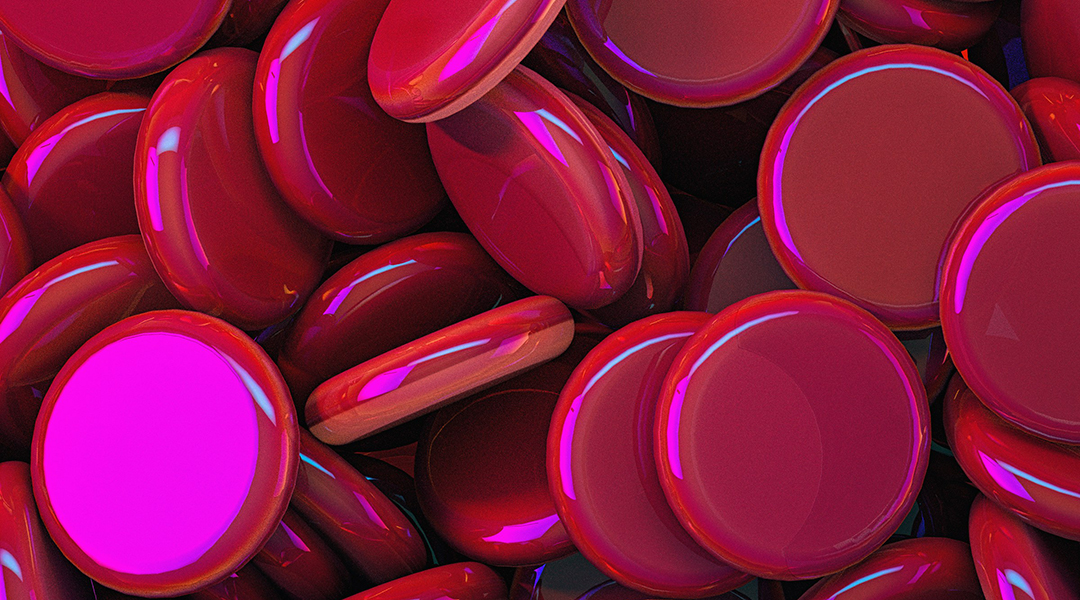
Finding the neural pathways behind the placebo effect
Understanding the placebo effect could lead to pain management therapies that are more effective than opioids without causing addiction.
Engineered blood cells could eliminate blood type matching to solve donor shortage
Taking inspiration from plankton, researchers create engineered blood cells that are an important step toward a universal blood supply.
New type of antiviral proves effective against all strains of dengue virus
This new class of antivirals could unlock treatment for viruses beyond just dengue that have been challenging to treat in the past.
Better organoids mean better brain models
Mimicking one of the body’s most complex organs isn’t easy, but researchers are making progress.
Finding the neural pathways behind the placebo effect
Understanding the placebo effect could lead to pain management therapies that are more effective than opioids without causing addiction.

Quantum dot laser set to transform medicine and communications
Quantum dots are key to a new laser that could transform medical imaging, diagnostics, and boost communication.

Laser light induces magnetism at room temperature
Scientists create magnetism in a non-magnet at room temperature for the first time, with implications in quantum tech and computer science.

Could AI be the reason we haven’t encountered alien civilizations?
A sensational paper argues that AI could be responsible for the scarcity of advanced technological civilizations in the Universe.
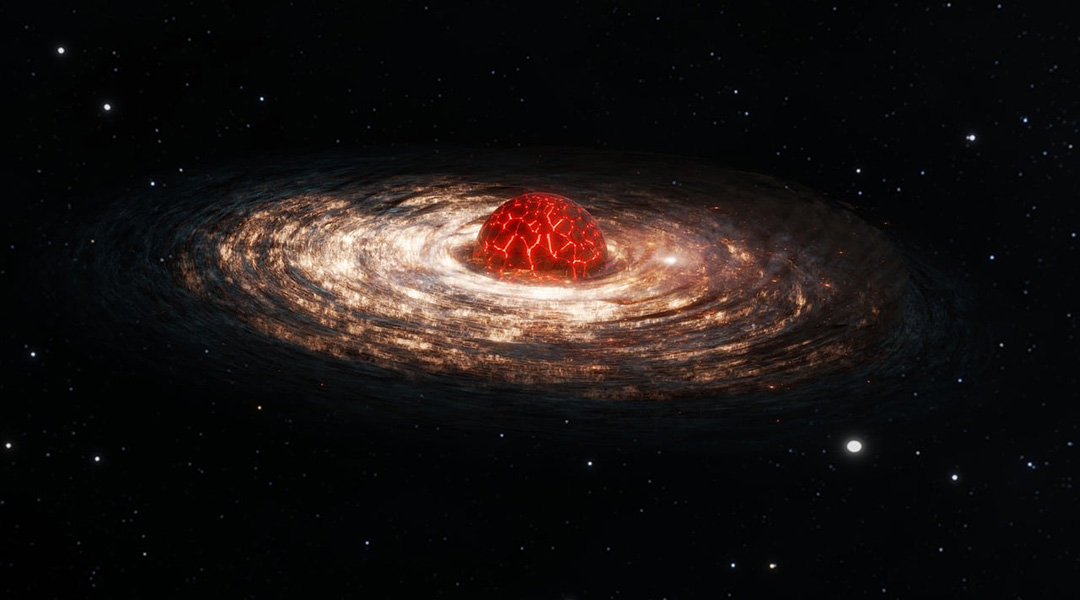
Hidden dark matter stars and where to find them
While dark matter’s enigmatic nature persists, Proca stars made of dark photons could help shed light on this cosmic mystery.
Quantum dot laser set to transform medicine and communications
Quantum dots are key to a new laser that could transform medical imaging, diagnostics, and boost communication.
Laser light induces magnetism at room temperature
Scientists create magnetism in a non-magnet at room temperature for the first time, with implications in quantum tech and computer science.
Could AI be the reason we haven’t encountered alien civilizations?
A sensational paper argues that AI could be responsible for the scarcity of advanced technological civilizations in the Universe.
Hidden dark matter stars and where to find them
While dark matter’s enigmatic nature persists, Proca stars made of dark photons could help shed light on this cosmic mystery.

Flaws in a crystal lattice make stable qubits for quantum computers
This is just the beginning, say scientists working on the new technology.
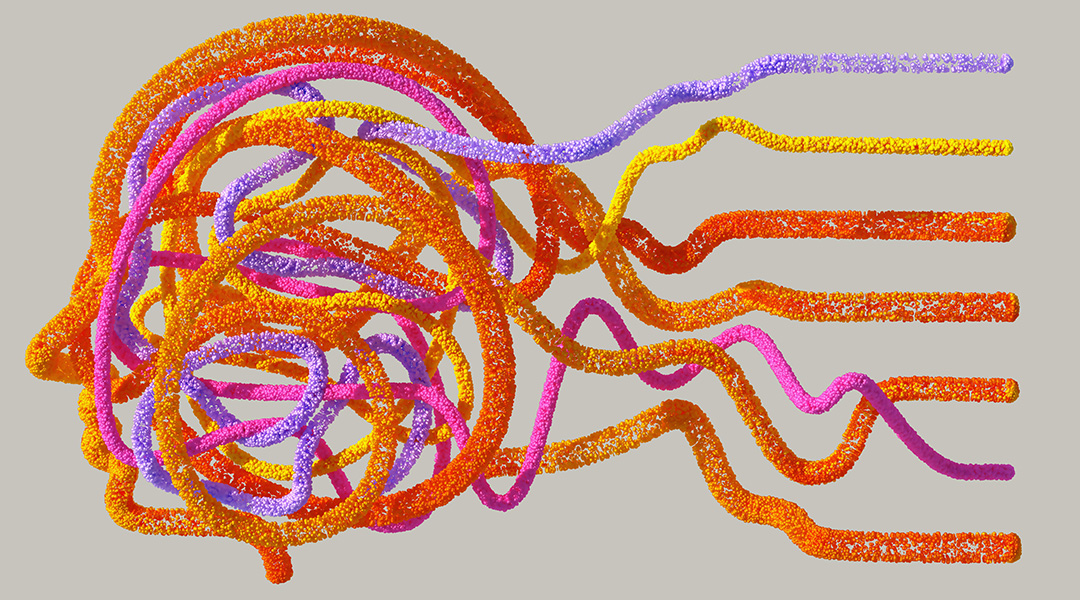
New AI tech predicts rare epileptic seizures
Preventing sudden and unexpected death hinges on accurately predicting the onset of epileptic seizures, even those with the rarest occurrences.
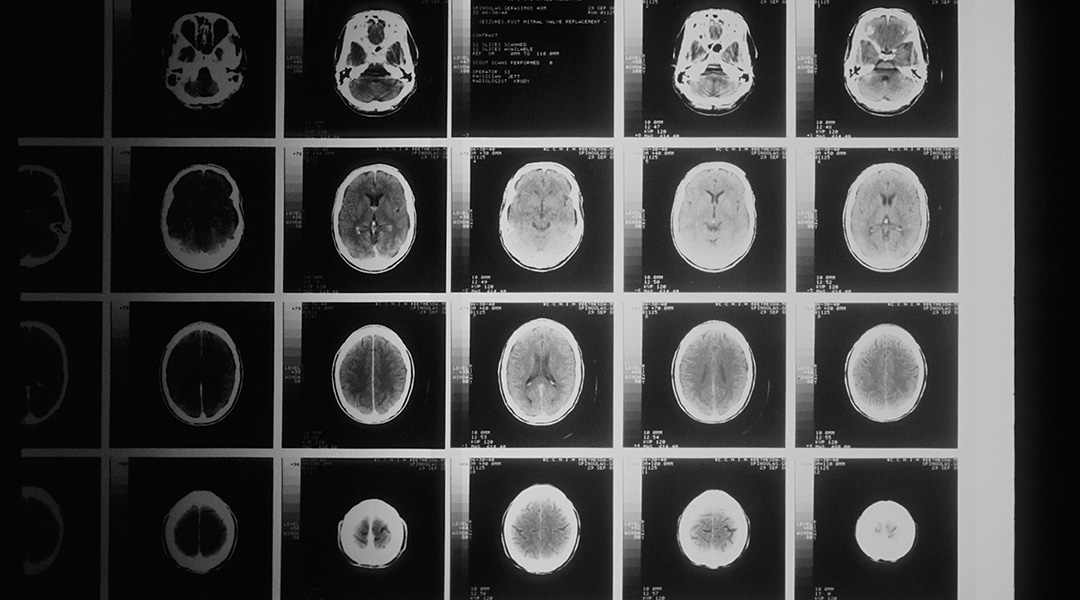
AI trained on brain scans could better predict mental health issues in adolescents
A neural network was able to evaluate connections between brain structure and clinical data to predict psychiatric disorders in youth.
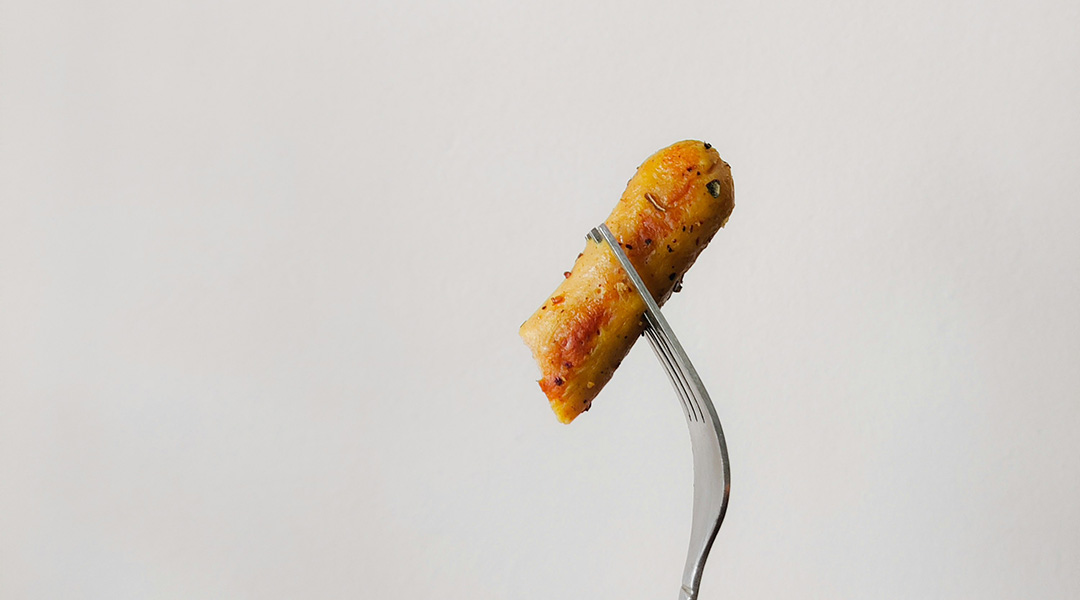
Using machine learning, robotic feeding system empowers users with mobility issues
This robotic feeding system trained with machine learning will transform lives, giving independence to those with severe mobility issues.
Flaws in a crystal lattice make stable qubits for quantum computers
This is just the beginning, say scientists working on the new technology.
New AI tech predicts rare epileptic seizures
Preventing sudden and unexpected death hinges on accurately predicting the onset of epileptic seizures, even those with the rarest occurrences.
AI trained on brain scans could better predict mental health issues in adolescents
A neural network was able to evaluate connections between brain structure and clinical data to predict psychiatric disorders in youth.
Using machine learning, robotic feeding system empowers users with mobility issues
This robotic feeding system trained with machine learning will transform lives, giving independence to those with severe mobility issues.
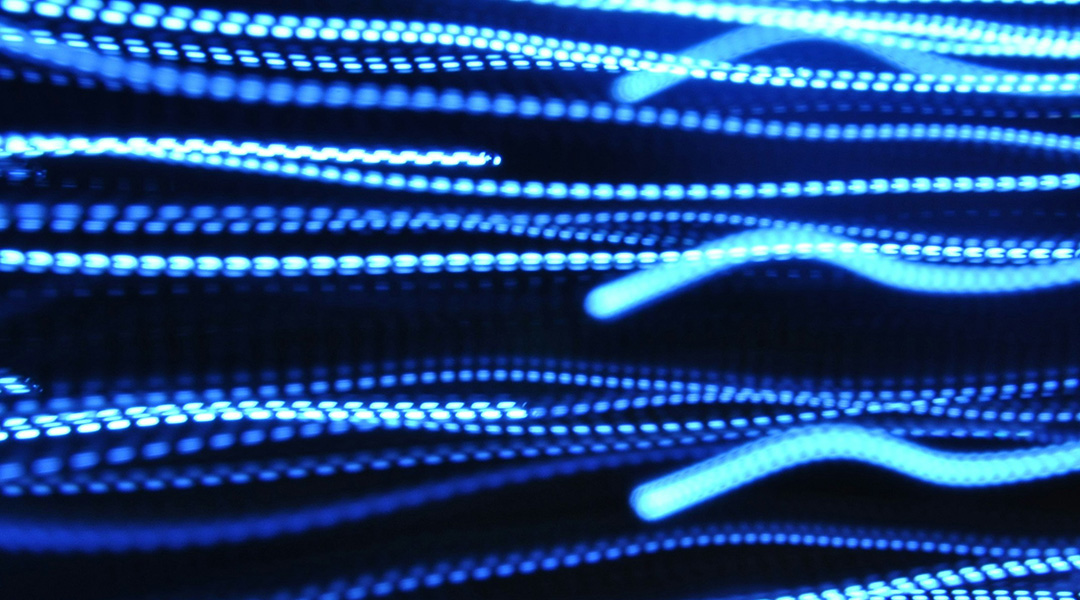
Sustainable batteries get a boost from new lithium-ion conductor
The new material rapidly transports lithium ions through its structure and could help make rechargeable lithium-ion batteries safer and more efficient.
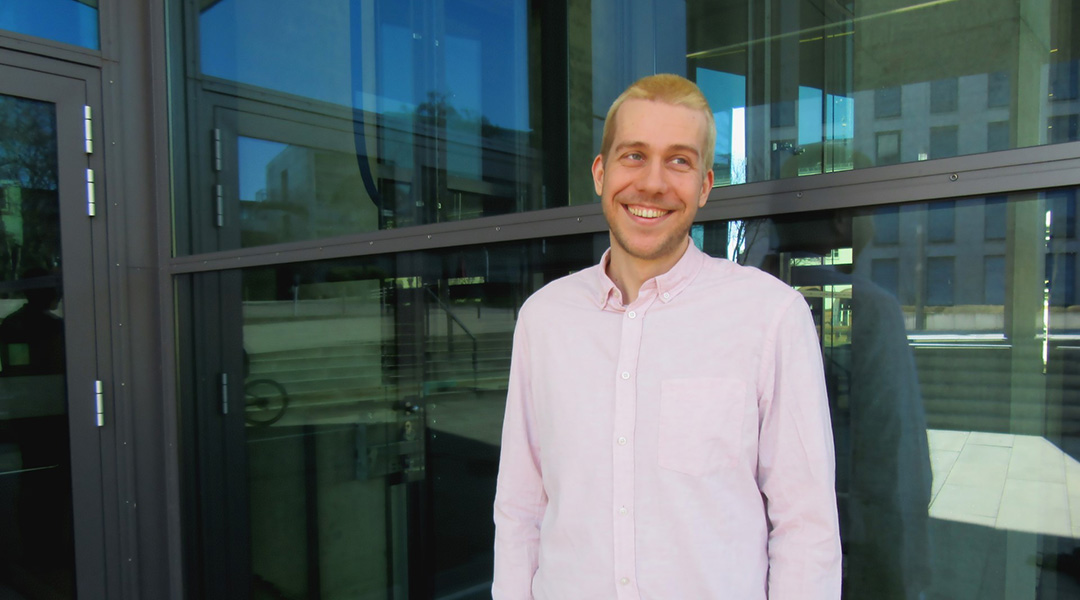
How research into existential risk will help safeguard humanity
Florian Jehn combines pragmatism with optimism when considering potential threats to human civilization.
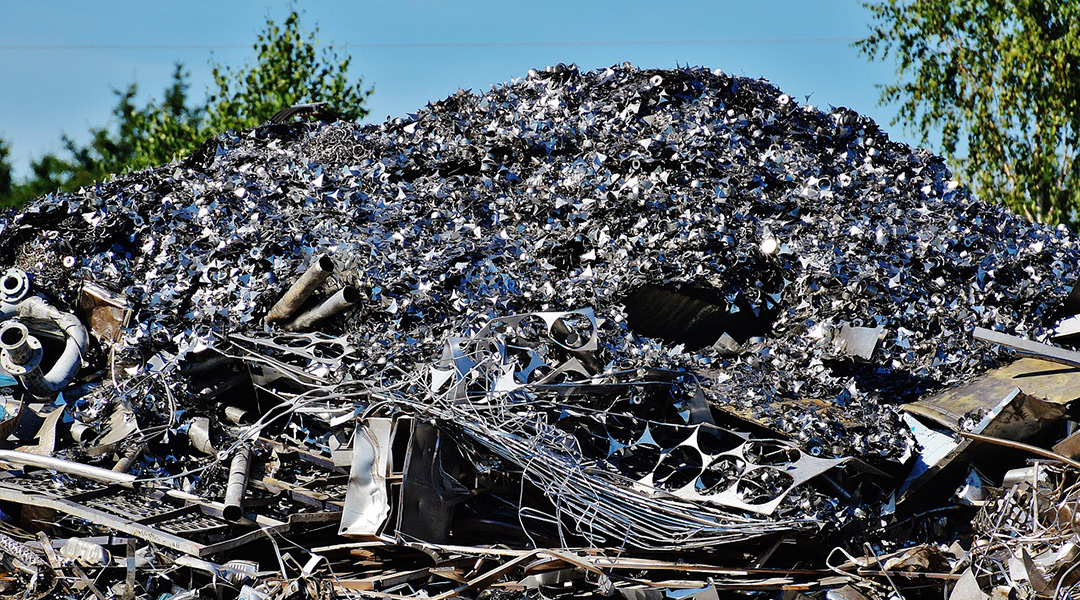
Tackling e-waste by making electronics compostable and recyclable
Researchers are tackling the growing problem of electronic waste by designing wearable electronics from sustainable and recyclable materials.

Photoacids capture and release carbon with the flick of a switch
Scientists develop a light-driven carbon capture system using photoacids, creating an energy-efficient method to remove atmospheric carbon dioxide.
Sustainable batteries get a boost from new lithium-ion conductor
The new material rapidly transports lithium ions through its structure and could help make rechargeable lithium-ion batteries safer and more efficient.
How research into existential risk will help safeguard humanity
Florian Jehn combines pragmatism with optimism when considering potential threats to human civilization.
Tackling e-waste by making electronics compostable and recyclable
Researchers are tackling the growing problem of electronic waste by designing wearable electronics from sustainable and recyclable materials.
Photoacids capture and release carbon with the flick of a switch
Scientists develop a light-driven carbon capture system using photoacids, creating an energy-efficient method to remove atmospheric carbon dioxide.
No Results Found
The page you requested could not be found. Try refining your search, or use the navigation above to locate the post.
No Results Found
The page you requested could not be found. Try refining your search, or use the navigation above to locate the post.
No Results Found
The page you requested could not be found. Try refining your search, or use the navigation above to locate the post.
No Results Found
The page you requested could not be found. Try refining your search, or use the navigation above to locate the post.







